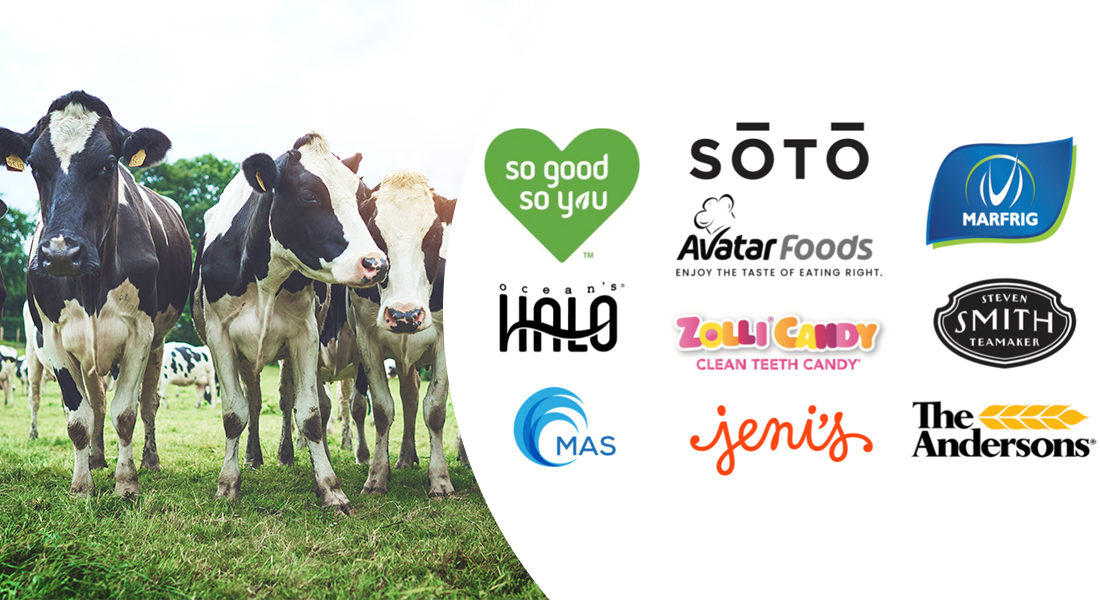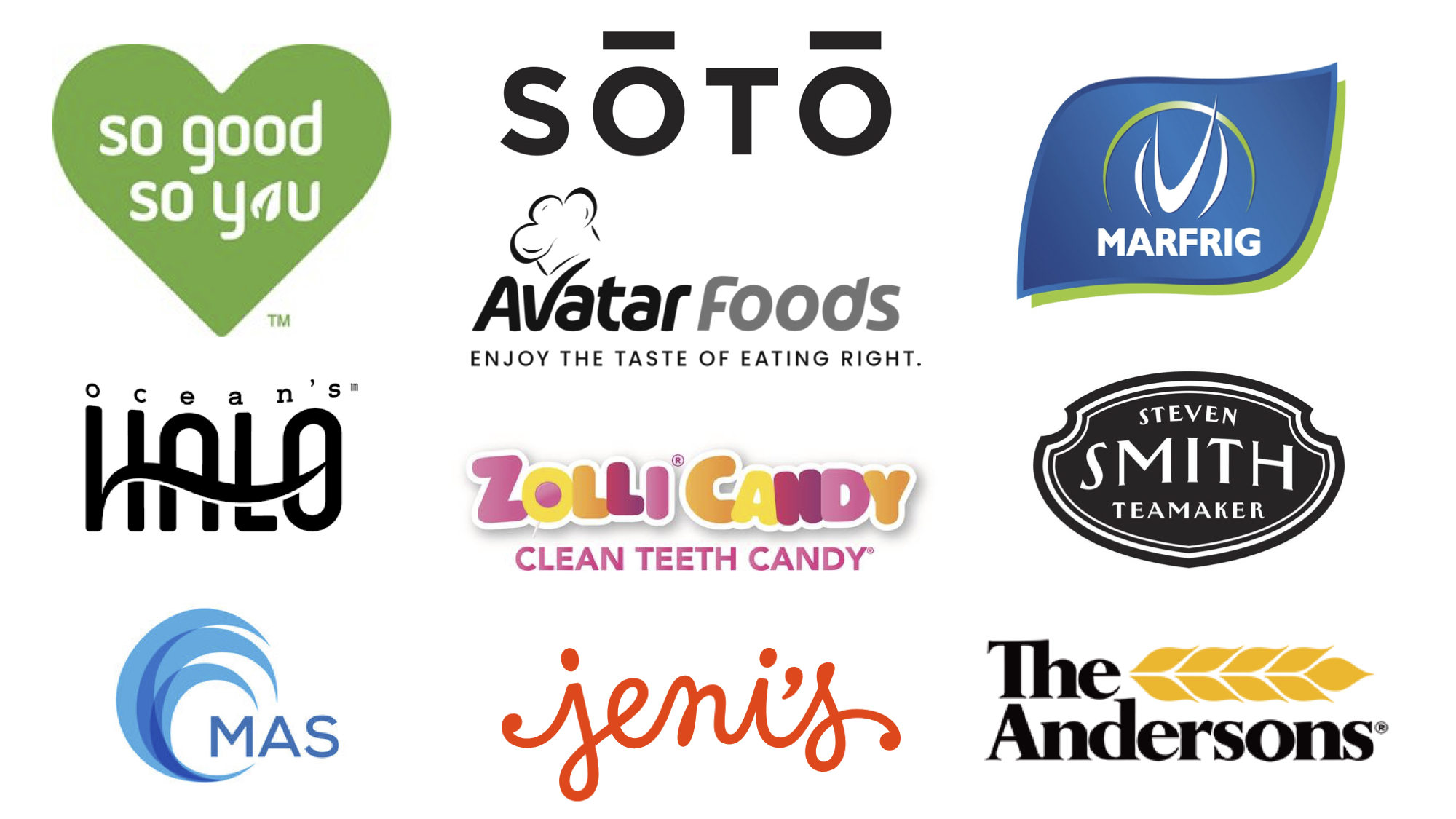Up to 50 million Americans suffer from food allergies, with countless more following physician-advised or self-imposed dietary restrictions. Between 1997 and 2011, the incidence of food allergies among children increased by 50 percent, according to estimates by the Centers for Disease Control and Prevention (CDC).
With food allergies and changing food preferences on the rise, consumers are paying more attention to ingredients labels on packaged and processed foods. However, these labels are not always easy to decipher, especially when ingredients lists are long and certain additives can be listed under different names.
Food companies are responding to consumer demand for more products free from gluten, wheat and GMOs by advertising the lack of these ingredients on the front of the package. While this can help a product stand out, it’s not always enough to distinguish it from other food products on a crowded grocery store shelf.
Enter ipiit: The Food Ambassador, an app designed to help consumers identify and avoid products that contain allergens or other ingredients that don’t align with their personal food preferences. The premise is simple: consumers download the app, choose their preferences from a list of 15 common food allergens – including gluten, lactose and wheat – and use their smartphone’s camera to scan the barcodes of products at the grocery store.
“The inspiration for ipiit came when I was at a printed electronics conference in 2002, together with my cofounder,” explains Rosalie T. Schill, co-developer of the ipiit app. “I’m both allergic to some foods, and I’m dyslexic, so looking through ingredients lists was not very efficient for me. After learning that Nokia was going to start manufacturing phones with near field communication (NFC), we thought it would be great if all products could be tagged with allergen information, which could be processed using your phone.
“So, that was the inspiration. Of course, we didn’t do too much with the idea because the technology wasn’t there. Years later, we realized we could actually read the barcode with the phone’s camera.”
The app uses simple plus and minus symbols to indicate whether a product contains an allergen. ipiit also allows user to compare similar products based on nutrition information, including calories and protein content. Currently, ipiit’s database contains around 350,000 food products on the US market, however more SKUs are always being added.
While the ipiit app can steer consumers away from products containing a potential allergen, it can also make product suggestions for users looking to find a suitable food item in a certain products category. User data generated by the ipiit app can also be used to guide food industry decisions regarding new product development and existing product reformulation. With around 150,000 active users in the US, food brands with products featured in the app can get rapid feedback from real consumers.
Schill goes on to explain that food manufacturers are currently not required to include the ingredient information listed on the label in the product’s barcode. This means that when a new product is added to their database, the ingredients for that food item must be manually added to the app.
ipiit were participants in the Global Standard 1 (GS1) group to set the standards for what info should be mandatory in a barcode. Big changes have been made since they started the standardization work with GS1, considering a barcode used to only contain general supply chain information.
When asked about the accuracy of the app, Schill admits that mistakes do happen, but that they’re often false positives. “Yes, of course that happens,” said Schill. “We’re very particular about it, and we have identified risk ingredients to address the issue.
“For example, gluten can be present in multiple ingredients, making it risky for the consumer. Modified food starch sometimes has gluten and sometimes doesn’t, which may or may not be listed on the package. What we’ve done is categorized products contained modified food starch as ‘not for gluten-free preference.’”
Consumers who use ipiit also have the opportunity to suggest new additions to the list of food preferences. Users have so far suggested around 220 additional food preferences to app, which Schill says they will evaluate to determine whether they should be added.
Schill says that ipiit already partners with a handful of brands but they’re always looking to make more food industry partners. As consumers already trust the app to help them avoid purchasing products containing food allergens, in-app product recommendations have the potential to be more valuable for food companies compared to traditional food marketing.
“What we really want to do, is make it profitable for brands to talk to consumers, and for consumers to be able to talk to the brands as well. That way, the brands will have a channel available to get feedback quickly, so if they change a product’s recipe they can quickly get market research on the consumer’s opinion.
“Because we know people’s food preferences, we can send them targeted and very relevant products selections. But it’s just not marketing, it’s also helping to keep the consumers informed.”
According to Schill, the future of the ipiit app is to expand into other countries. She says that Canada and the UK have shown the biggest interested in the app, with Australian and German consumers also expressing interest.
“We help consumers make better food choices by effectively providing them with a ‘food passport,’” said Schill. “We want the food system to change and improve, so that we can all eat better food.”









Join or login to leave a comment
JOIN LOGIN